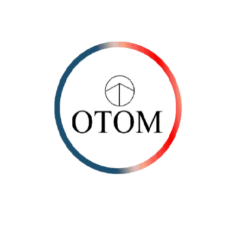Thermoplastic prepreg tapes play a pivotal role in additive manufacturing and laser-based composites. Understanding the behavior of laser light when interacting with these tapes is crucial for optimizing the manufacturing process. Laser light can undergo three main interactions: reflection, absorption, and transmission.
Thank you for reading this post, don't forget to subscribe!In the case of black-pigmented thermoplastic tapes, the transmittance of laser light is zero, meaning it cannot pass through the material. Consequently, the energy from the laser light is either absorbed by the tape or reflected back. The distribution of absorbed and reflected energy depends on the angle at which the light hits the surface. Unlike specular reflections, the reflections from these tapes are not uniform or predictable.
The variation in reflection patterns can be attributed to the microstructure of the tapes, which consists of fibers embedded in a polymer matrix. The presence of these fibers and surrounding polymers creates intricate surface characteristics that influence the way light is reflected. To better understand and reproduce these reflection patterns, numerical techniques such as the bidirectional reflectance distribution function (BRDF) can be employed. BRDF allows for the accurate simulation and explanation of the underlying phenomena behind the reflections observed in thermoplastic prepreg tapes.
By studying and modeling the reflection behavior using techniques like BRDF, manufacturers can gain insights into the interactions between laser light and thermoplastic tapes. This knowledge can be applied to optimize the laser-based manufacturing process, ensuring precise control over the energy distribution and enhancing the overall quality and performance of the final composite products

